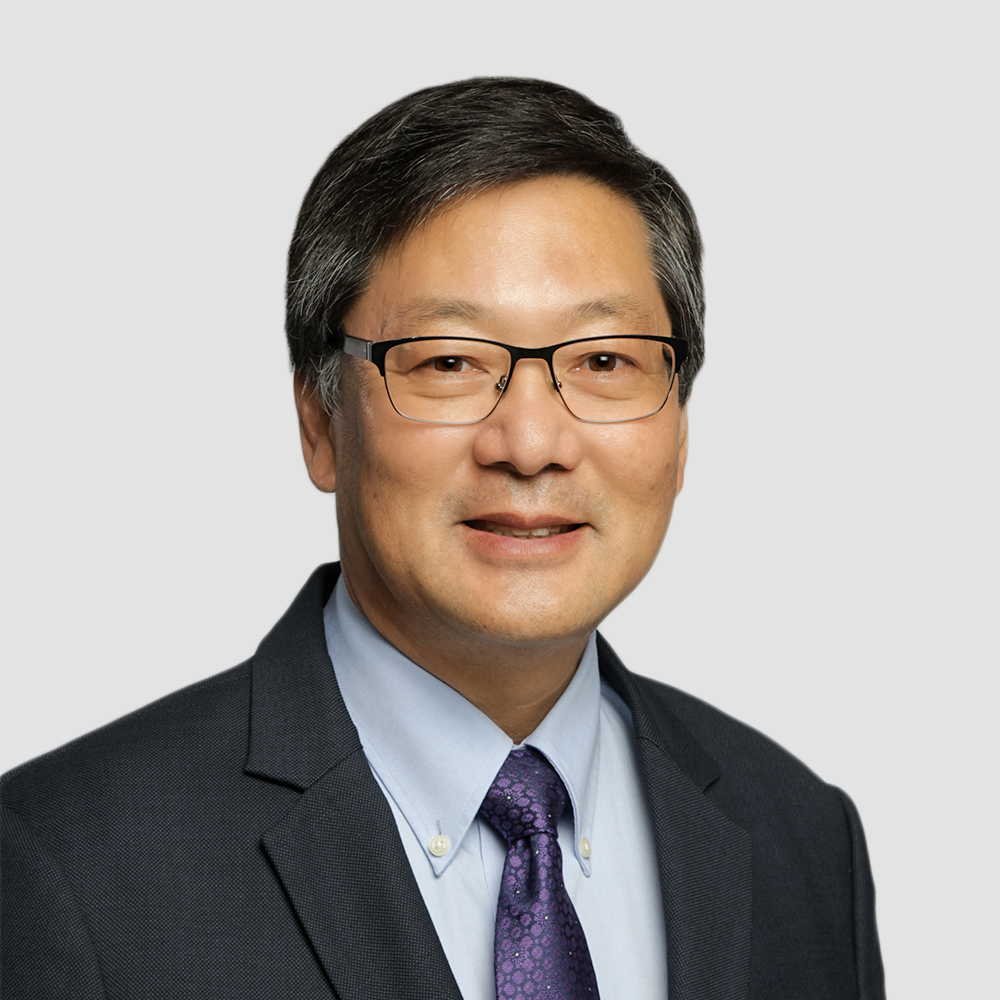
Background
Dr. Gary Yamaguchi received his Ph.D. in Mechanical Engineering (Design Division, Biomechanics) from Stanford University, his S.M. (Masters) in Mechanical Engineering from MIT, his B.S. in Engineering & Applied Science from Caltech, and his A.B. in Physics from Occidental College. His consulting practice focuses on determining biomechanical mechanisms of injury, reconstructing both vehicular and biomechanical accidents based on evidence. His areas of practice include analyses of low-speed and high-severity vehicular accidents, vehicle-to-pedestrian impacts, spinal injuries, slips, trips, and falls, fall protection systems, sports injuries, mechanical design, product liability, and premises liability.
Dr. Yamaguchi is also a registered Professional Engineer (Mechanical) with significant expertise in modeling and analyzing the dynamics of human body motions. As a professor at Arizona State University, he conducted original research to improve orthopedic surgical procedures, develop neural-controlled prostheses, analyze human gait and stance, model animals used in spinal cord injury research, and design devices for persons with disabilities (rehabilitation engineering). He taught courses in biomechanics, muscle physiology, engineering design, and bioengineering fluid dynamics. His research was funded by the National Science Foundation and the Whitaker Foundation.
Dr. Yamaguchi has contributed to numerous journal articles and book chapters, and over 100 additional publications in official reports, proceedings, and transactions in the fields of injury biomechanics, accident reconstruction, musculoskeletal dynamics, movement simulation, neuromuscular coordination and control, rehabilitation engineering, and magnetic fusion energy. He is the author of a monograph book, Dynamic Modeling of Musculoskeletal Motion – A Vectorized Approach to Biomechanical Analysis in Three Dimensions, published by Kluwer Academic Publishers (2001) and Springer (2006).
Education and Certifications
- Physics 3/2, A.B.: Occidental College (1979)
- Engineering & Applied Science, B.S.: California Institute of Technology (1979)
- Mechanical Engineering, S.M.M.E.: Massachusetts Institute of Technology (1981)
- Mechanical Engineering (Design Division), Ph.D.: Stanford University (1989)
- Licensed Professional Engineer: Alaska (#ME-171592); Arizona (#49143); California (#M 35961); Oregon (#101391PE); Texas (#102904); Washington (#20107804); NCEES National Record
Publications
- “Performance of certified climbing helmets during simulated climbing falls”, ASTM Journal of Testing and Evaluation, 2014.
- “Joint-specific changes in locomotor complexity in the absence of muscle atrophy following incomplete spinal cord injury”, Journal of Neuroengineering and Rehabilitation, 2013.
- “Assessment of the TASER XREP blunt impact and penetration injury potential using cadaveric testing”, Journal of Forensic Sciences, 2013.
- “Auditory localization of backup alarms: The effects of alarm mounting location”, Society of Automotive Engineers, 2011.
- “Conducting high frequency electrical measurements – Case study using a TASER M18 device”, Proceedings of the 2010 IEEE Symposium on Product Compliance Engineering, 2010.
- “Lumbar loads in low to moderate speed rear impacts”, Society of Automotive Engineers, 2010.
- “Theoretical analysis of a method of computing dynamic roof crush during rollovers”, Society of Automotive Engineers, 2007.
- “Intrinsic musculotendon pathways and parameters within the human foot”, Journal of Applied Biomechanics, 2007.
- “Methods for determining spinal flexion/extension, lateral bending, and axial rotation from marker coordinate data: Analysis and refinement”, Human Movement Science, 2006.
- “Occupant mechanics in rollover simulations of high and low aspect ratio vehicles”, Transactions of the Society of Automotive Engineers, 2006.
- “Development of a computational method to predict occupant motions and neck loads during rollovers”, Society of Automotive Engineers, 2005.
- “Electromyographic activity and posturing of the human neck during rollover tests”, Society of Automotive Engineers, 2005.
- “Development of an inexpensive upper-extremity prosthesis for use in developing countries”, Journal of Prosthetics and Orthotics, 2004.
- “Projects at Arizona State University”, In: National Science Foundation—Engineering Senior Design Projects to Aid the Disabled, Creative Learning Press, 1991–2002.
- “Morphological data for the development of musculoskeletal models: An update”, In: Biomechanics and Neural Control of Posture and Movement, 2000.
- “Feeding motor patterns in anurans: Insights from biomechanical modeling”, American Zoologist, 2001.
- “A new technique for determining 3-D joint angles: The tilt/twist method”, Clinical Biomechanics, 1999.
- “Three-dimensional head kinematics and cervical range of motion in the diagnosis of patients with neck trauma”, Journal of Manipulative and Physiological Therapeutics, 1996.
- “A computationally efficient method for solving the redundant problem in biomechanics”, Journal of Biomechanics, 1995.
- “Attributes of engineering graduates and their impact on curriculum design”, Journal of Engineering Education, 1993.
- “Restoring unassisted natural gait to paraplegics with functional neuromuscular stimulation: A computer simulation study”, IEEE Transactions on Biomedical Engineering, 1990.
- “Dynamic musculoskeletal models of human locomotion: Perspectives on formulation and control”, In: Adaptability of Human Gait: Implications for the Control of Locomotion, 1991.
- “Achieving near-normal simulated gait with reduced muscle sets”, In: Multiple Muscle Systems: Biomechanics and Movement Organization, 1990.
- “Appendix: A survey of human musculotendon parameters”, In: Multiple Muscle Systems: Biomechanics and Movement Organization, 1990.
- “A planar model of the knee joint to characterize the knee extensor mechanism”, Journal of Biomechanics, 1989.
- “Restoring natural gait to paraplegics through functional neuromuscular stimulation: A feasibility study”, In: Issues in the Modeling and Control of Biomechanical Systems, ASME Press, 1989.
- “Feasibility and conceptual design of functional neuromuscular stimulation systems for the restoration of natural gait to paraplegics”, Stanford University, Department of Mechanical Engineering, 1989.
- “Digital synthesis of auditory localization information”, Massachusetts Institute of Technology, Department of Mechanical Engineering, 1981.